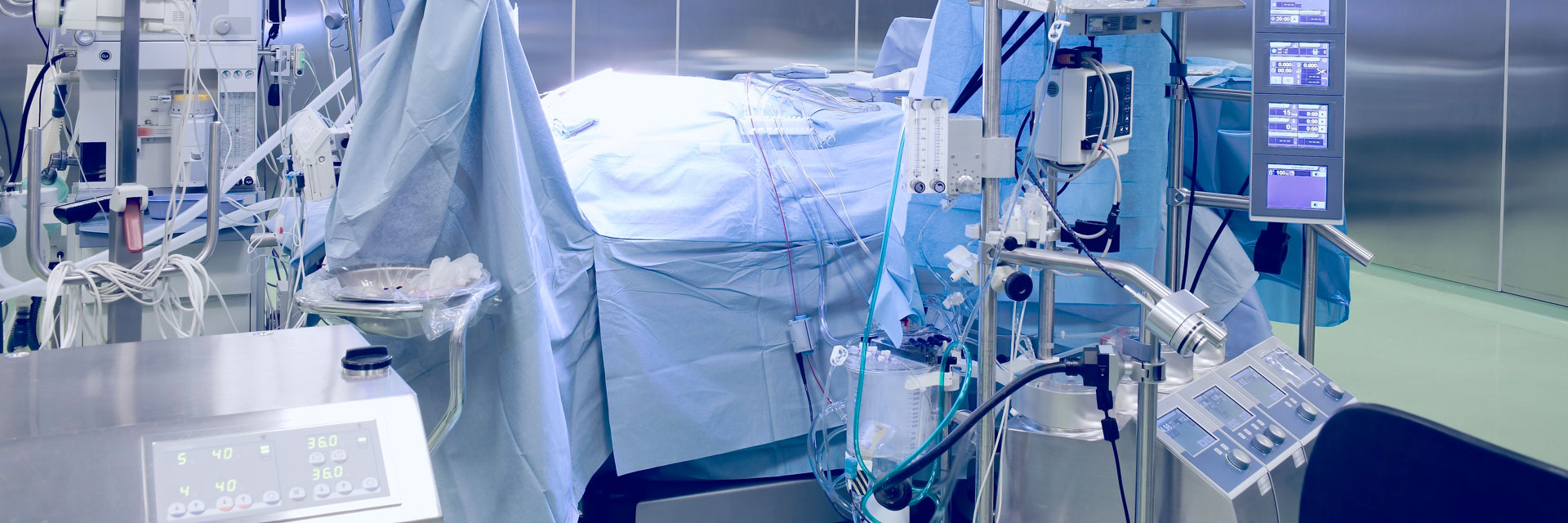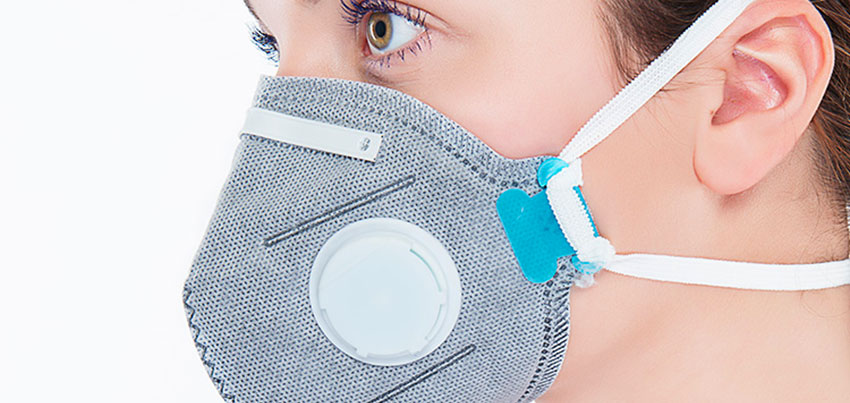

The European standard EN 14683 covers the experimental methods and manufacturing and performance features for surgical masks designed to limit the transmission of infectious agents from staff to patients (and vice versa patients) during surgical procedures in operating rooms and other medical settings with similar characteristics.

Microbial measurement in air filters can only be done by taking samples from the ambient air, and with this method we could only analyze total bacteria, yeast and mold. As EUROLAB, we have further developed the existing TS EN 14683 standard and now we can make microbial measurements from the filter outlet. With this method, the bacterial or mildew can be passed through the air filters to the desired air speed and the retention performance of the filter can be measured.
According to the 2016/425 / EU Personal Protective Equipment Directive, Dust Masks are among the product groups that need to be tested and certified by Category III and the Notified Body and Accredited Laboratory. Relevant EN 149 + A1 Respiratory protective devices - Half masks with filters for protection against particles - Tests are carried out in European origin partner test laboratories according to specifications, experiments and marking standard. The company is entitled to receive a certificate as a result of the application made to the notified body with the technical file prepared according to 2016/425 / EU Personal Protective Equipment Regulation Annex III and the test report made according to EN 149 + A1 standard. Document validity period is five years.
Surgical Intervention Masks are evaluated as Class I according to the Medical Devices Regulation.
Surgical masks are divided into three classes. Type I, TypeII and Type IIR.
For Type I patients, it is suitable for the use of Type II and Type IIR healthcare professionals.
According to the relevant EN 14683 standard, the following tests are performed according to the mask type selected.
The EN 149 standard covers the minimum properties of half masks with filters from respiratory protective devices used for protection against particles in situations where the environment cannot be removed.
Screen for breathing + Disposable + Maintenance-free means dust mask.
This classification and ranking has classified the filtration performance as defined in EN 149: 2001 + Al: 2009 standards according to the European Union personal protective equipment directive.
| Dust Mask Class | Protection Environments | Protection Level |
| FFP1 Dust Mask | Against water and oil based dust and moisture | Provides 80% Protection |
| FFP2 Dust Mask | Against water and oil based dust, moisture and smoke | Provides 94% Protection |
| FFP3 Dust Mask |
Against water and oil based dust, moisture and smoke Also some viruses, microbiological environments and pharmaceutical industry |
Provides 99% Protection |

Dusts: In the solid state they fly in the air in small and large particles
Liquids: The tiny liquid, which consists of moisture and misting, flies in the form of particles.
Gases: You cannot see the gases formed by the reaction of solids and liquids.
Bad smell and welding fumes: It usually happens in case of excessive disturbing odor, smoke and mist. Activated Carbon provides maximum protection.
Goal: Prevention of infection with airborne pathogens and exposure to airborne particles and aerosols (environmental pollutants and allergens) can be facilitated using disposable face masks. The effectiveness of such masks in excluding pathogens and pollutants depends on the ability of masks to resist penetration from airborne contaminants. This study evaluates the relative contribution of a mask, valve and Micro Ventilator to the aerosol filtration efficiency of a new respiratory protection face mask.
Results: Masks with or without features to increase comfort provide protection against both small and large pathogens. Importantly, the mask seems quite effective for the filtration of pathogens, including influenza and rhinoviruses, as well as fine particles (PM 2.5) found in aerosols, which represent a greater challenge for many types of teeth and surgical masks. This makes an improvement on old masks to protect the individually used N95 respirator against various environmental contaminants including PM 2.5 and pathogens such as influenza and rhinoviruses.
Surgical masks and respiratory protection masks are used by many for both professional and personal applications. While both masks protect their wearers from dangerous factors and environments, the focus on what to protect is quite different.
As a result, test procedures for both products are arranged in different international standards, such as EN 14683 or ASTM F2100 for surgical masks and EN 143/149 for respirators, ISO 16900 or NIOSH. We will provide a brief overview below and highlight some important differences in these standards.
Health, as the name implies, is the most common application area for surgical masks. It is not intended as general protective devices for a long time, but as single-use products for a particular task. As a result, standard tests include blood splash resistance, bacterial filtration efficiency, and respiratory resistance measurements. The ASTM standard also defines monodispers solid PSL (polystyrene latex) particles and particle filtration efficiency tests.
Respirators are designed for long-term use in various industries. They are available in different filtration efficiencies and geometries to ensure a good fit for each user. Tests require a rigorous sample of filtration yields of various particle sizes to determine the most precise size. All test parameters are fully defined in the standards and provide easy comparisons between different manufacturers.
To get an appointment, to get more detailed information or to request an evaluation, you can ask us to fill in our form and reach you.